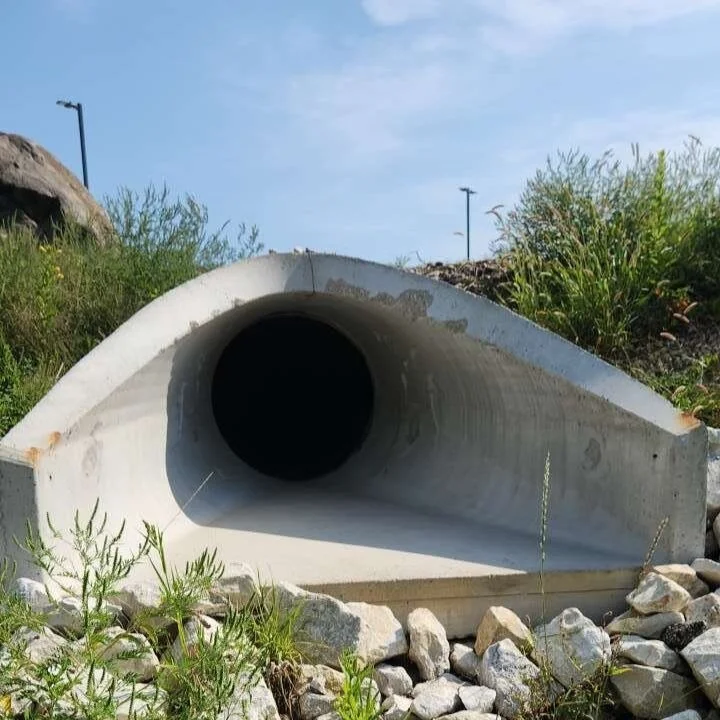Working with the Wisconsin Public Service Commission (PSC) for water rates can be slow and labor-intensive. But don’t worry – there’s still hope. Learn how local communities like yours applied these six best practices to expedite the process and reduce effort.
Have information organized when you apply. Impact fees have a complex effect on water utility finances. The City of Waterloo submitted well-organized, detailed information on water impact fees, including the ordinance, impact fee study, and impact fee fund balances.
Expect a lot of questions. The Village of Sussex applied for a water rate increase in 2018. Seven weeks later, PSC staff sent 21 questions and asked for responses within two weeks. Questions contained up to nine sub-questions. Sussex showed quick footwork by answering in 13 days.
Allow a lot of time. The City of Sheboygan applied for a water rate increase in 2017. After answering 31 questions from PSC staff and responding quickly to PSC exhibits, Sheboygan implemented its rates seven and a half months after applying.
Submit your own cost of service study and rate design. In 2017, the City of Racine submitted its own rate study with its water rate application. Submitting your own study gives you more input into the resulting rates and hence more control over the outcome. If PSC staff disagrees with your study, they’ll likely still use it as a starting point. In contested cases, the PSC may require you to submit your own study.
Include a do-nothing alternative in construction applications. PSC staff wants to know that your project is at least better than nothing. For its automatic meter reading (AMR) project, The City of Cedarburg considered continued walk-up meter readings and explained why the proposed project was superior. Don’t forget that you need PSC approval to switch to AMR.
Say specifically how your project meets the statutory criteria. The Town of Sextonville cited specific efficiencies and customer service improvements to justify its automatic meter reading project. Converting project benefits to dollars and cents and including a rigorous water demand forecast can help you address the statutory criteria in detail.
Contact an expert today for more information.




